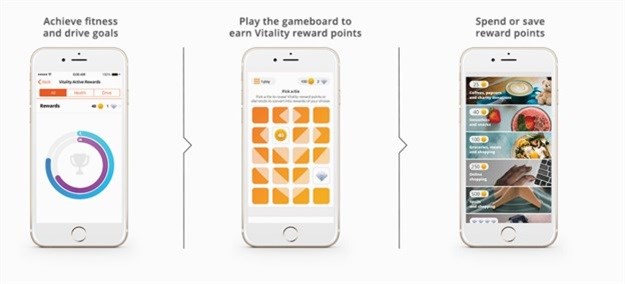






Sounds about right, right? The issue I have with campaigns is the last three words of that definition: “specific time period”. A campaign has a start and an end. This doesn’t align with a business though unless the business has a clearly defined start and an end.
The shift in thinking I’ve witnessed, and that has been validated by top strategic planners around the world, is that we need to focus on building evergreen campaigns, which can perhaps better be described as digital brand assets. When we seek to build long-lasting, evergreen digital brand assets that are deeply useful to the customer, we create a scenario where your brand is actually useful to a customer, beyond just the products you sell. And it’s no secret that usefulness = a better experience.
"There’s a switch from asking for campaigns and activations – things with a finite shelf life – to systems and ecosystems – things that will live longer and be updated and tinkered with."
So how do we go about creating these unicorns?
Firstly, we need to craft deeply insightful and well-researched digital personas. We need to understand the key persona insights, challenges, and pain points that “need fixing”. Only once we’ve identified these, can we unleash the creatives on to figure out what kind of digital brand assets we can use to help solve a need.
Another characteristic of a really good digital brand asset is its “stickiness” or reusability. Does the asset encourage and accommodate a user to engage with it consistently?
These assets are living, breathing entities. They need continuous improvement, updates, add-ons and fresh content to keep the user interested and engaged beyond their first encounter.
What are some examples of this kind of asset?
1. Strava Running Pace Calculator
Strava is a worldwide application for tracking exercise such as running and cycling. They have a world of valuable brand assets (adding and competing with friends, tracking personal best times against demarcated routes, and much more). These kinds of evergreen content have a solid element of stickiness, which brings people back to the application, increases usage, and makes people fall in love with the Strava brand.
The example I’ve chosen here is the Strava race pace calculator. This asset helps runners prepare for upcoming races with a pacing chart, which shows them how they’ll need to pace themselves to reach their goals. This is useful for Strava users and can be used as a tool for acquisition into the Strava ecosystem.

2. Discovery Vitality Active Rewards
Discovery is an insurance company in South Africa that specialises in medical insurance, but also covers car, household, life, and other insurance types. Using behavioural science, Discovery found a way to create one of the best examples of a digital brand asset in the country — Vitality active rewards. Discovery’s app, available on iOS and Android, rewards users for exercise with discounts on flights, food, and other items. You can also earn points by completing health checks and other activities that promote wellbeing. The application has been massively successful and due to the points being allocated weekly, usage is through the roof. Discovery has found a way to create stickiness, brand loyalty, and to keep their members healthier (fewer claim pay-outs) by gamifying health. This is a top-quality digital brand asset.
Off the back of this, Discovery cross-sells other insurance types to their base of medical aid users.

3. 10X’s Intuitive Retirement Planning Asset
This retirement planning asset allows users to intuitively plan for their retirement, taking into account, factors like your desired income. The tool helps users build a real-world retirement plan, action that plan, and then get on top of your finances. It’s an excellent asset that can be revisited on a yearly basis, to see what the yields might be if you added your lump sum bonus or increased your contributions.

In the end, your digital brand assets are living, breathing representatives of your brand. Are you taking the time to create and care of these assets — and most importantly, ensuring they’re useful and valuable to your customers and prospects?
